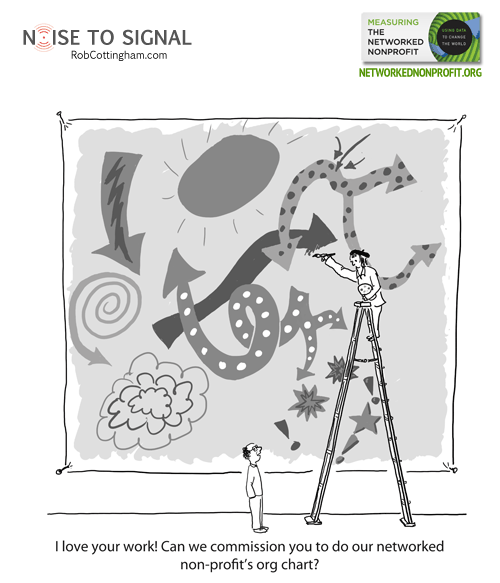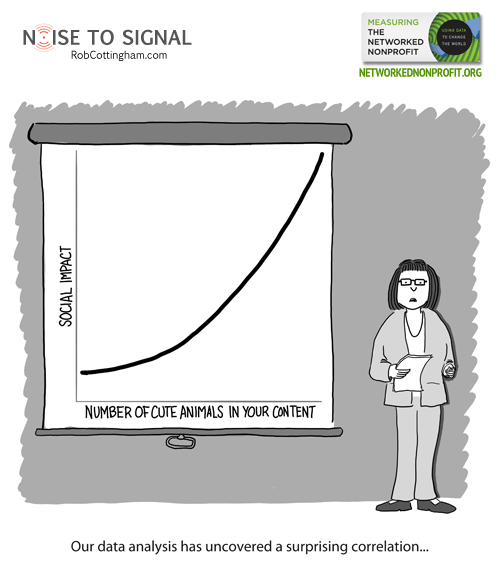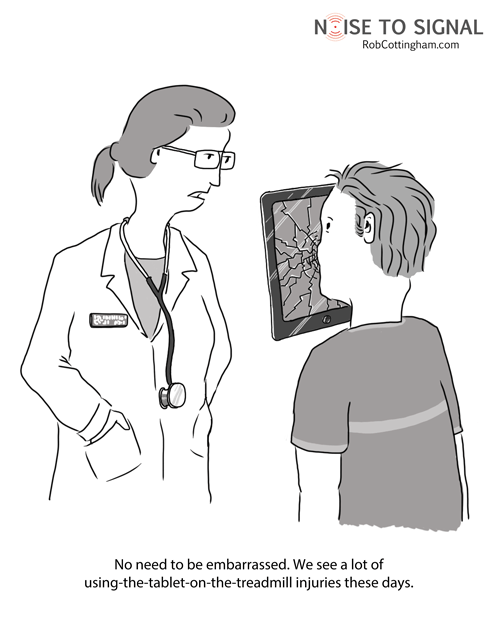Noise to Signal
Rainbow Gumball Racerz would like access to your bank account and dental records (Y/N)
This cartoon came about because I came across one app too many asking for outrageous access and permissions: see my contacts, tweet on my behalf… stuff that’s becoming numbingly routine, but which the app really has no need for.
I know the platforms often don’t make it easy, but I’d love developers to go beyond just saying they want this access; tell me what you’ll do with it. Are you going to store my list of contacts locally and offer to autocomplete names as I enter them? That might be cool. Are you going to email everyone I know each time I defeat a level boss in Avatar Vs. My Little Pony? Not so cool.
And I’d like fewer vampires and more houseguests. Invite a vampire into your house once, and that permission’s apparently irrevocable (or so a lot of late-night movies would have me believe). But a houseguest has to ask permission every time they drop in, and that’s what I’d like to be able to opt for with some apps. One example: I’d like to require a passcode entry before enabling Facebook and Twitter “integration” on kids’ games, so my little ones can’t gunk up my updates (and your news feeds) with useless status updates unless I say so.
One last thought about the cartoon: what are the chances there are already apps out there performing surreptitious surveillance? Or maybe, what are the chances there aren’t?
This is the bonus cartoon I promised after folks kindly pushed the Noise to Signal Facebook Page past the magic 2,000-Like mark. (That may seem like an arbitrary number, but it really isn’t. I’m now officially entitled to a friendly nod and a “S’up?” from Mark Zuckerberg if we ever walk by each other.)
Unfortunately, it’s late, because the server crashed under mysterious circumstances. I choose that wording deliberately, because it suggests the involvement of nefarious forces, which has more cachet than “I have no idea why this is broken; maybe some disk corruption or a squirrel got into the datacenter.”
Now, however, I have resurrected the server (with lots of encouragement from the good folks at Linode!), so we’re back up and running. Better yet, we’ve made the leap from Ubuntu’s Karmic Koala to Raring Ringtail, completely bypassing Maverick Meerkat, Tempestuous Tapeworm, Obsequious Okapi and Passive-Aggressive Porpoise.
What will this mean to you? Well, other than a possible Funny Ubuntu Animals cartoon in the offing, maybe nothing. Or maybe it will mean shorter load times and an undefinable yet undeniable sense of well-being. Let me know.


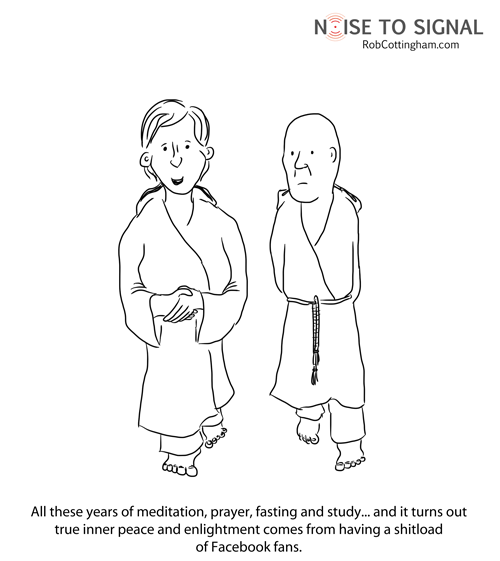
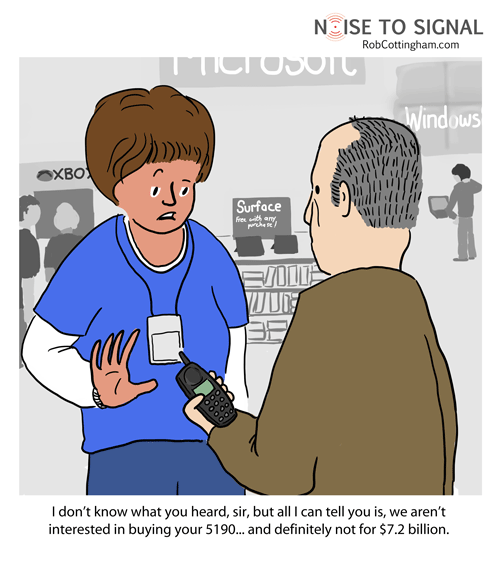
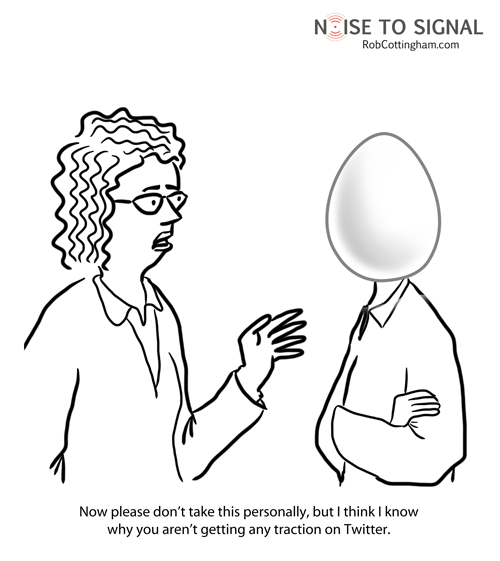
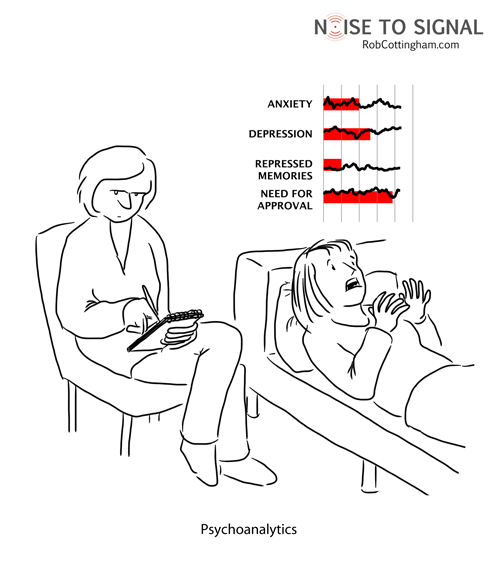
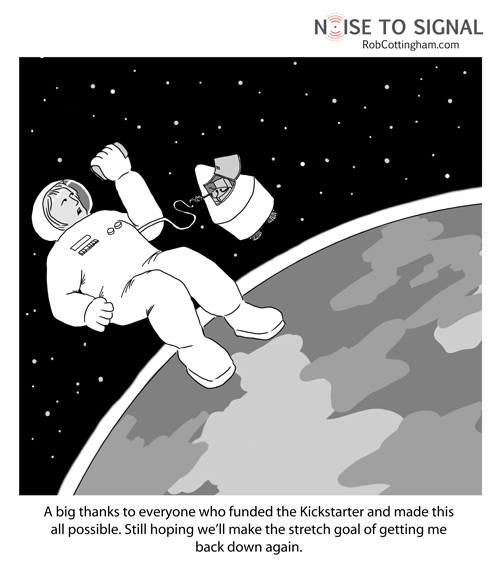
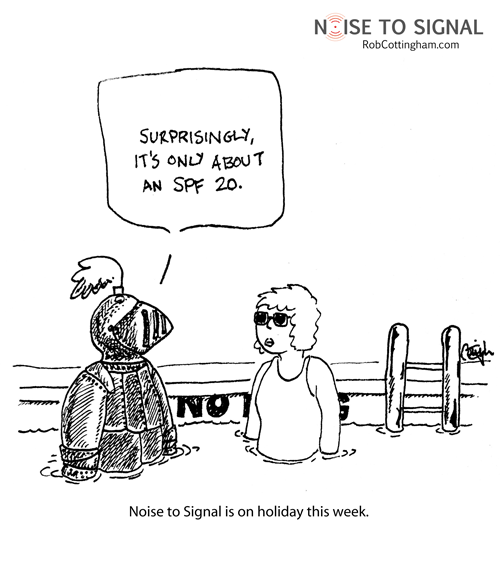
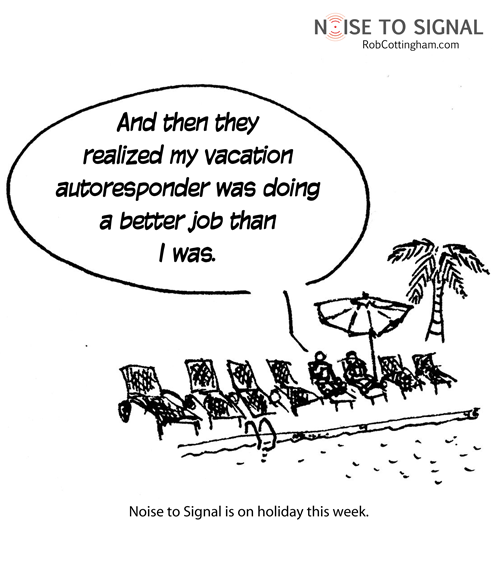
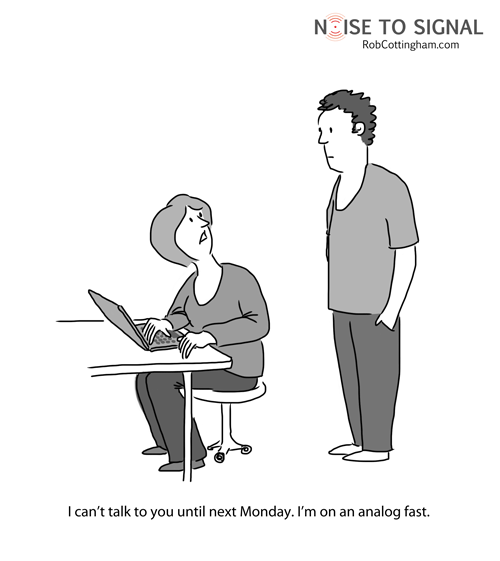
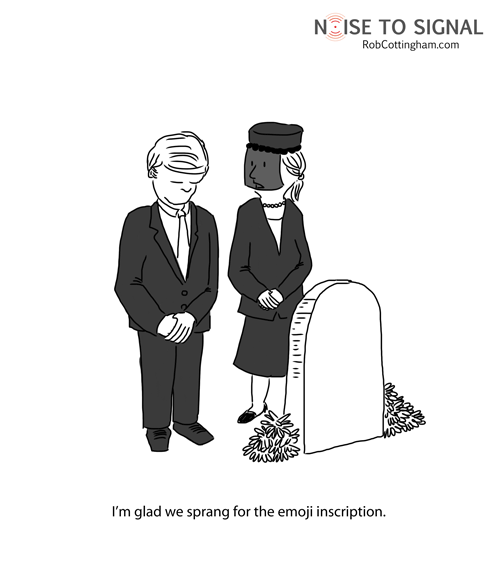
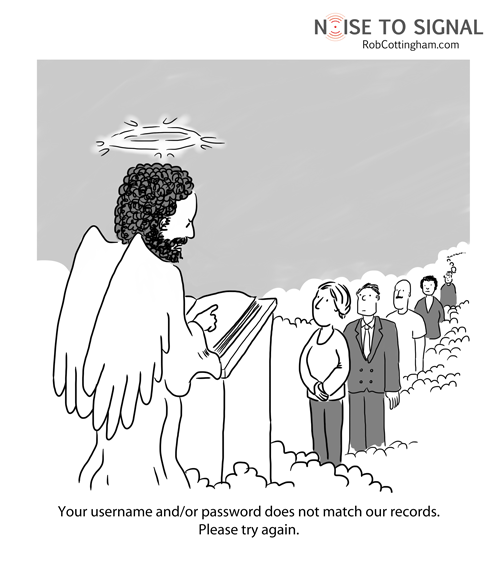
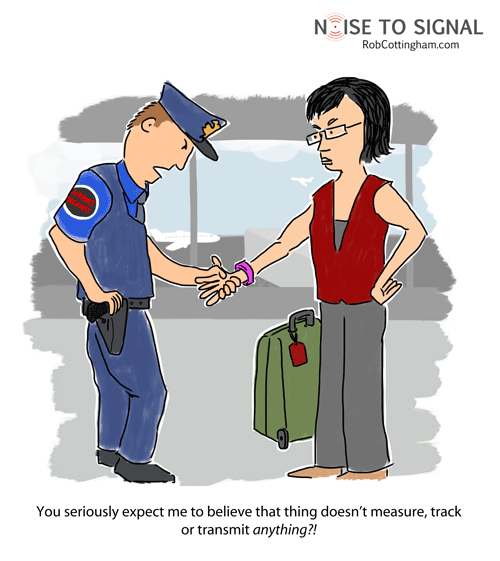
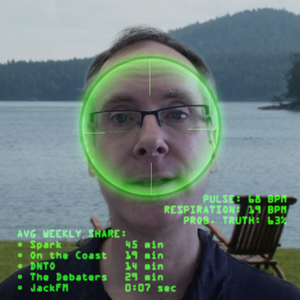

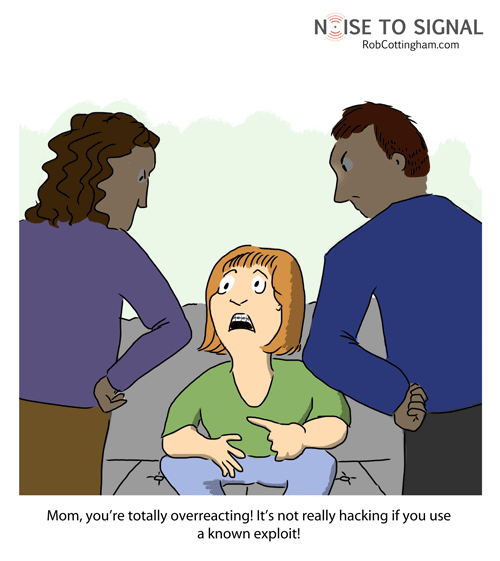
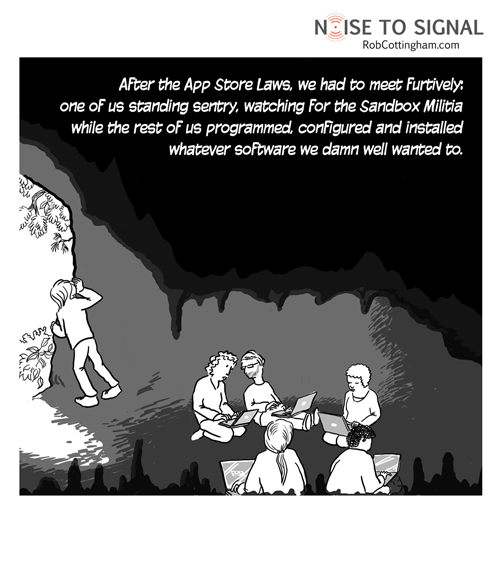

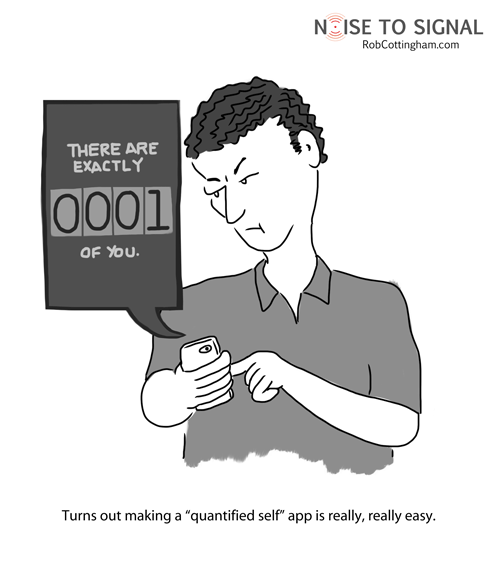
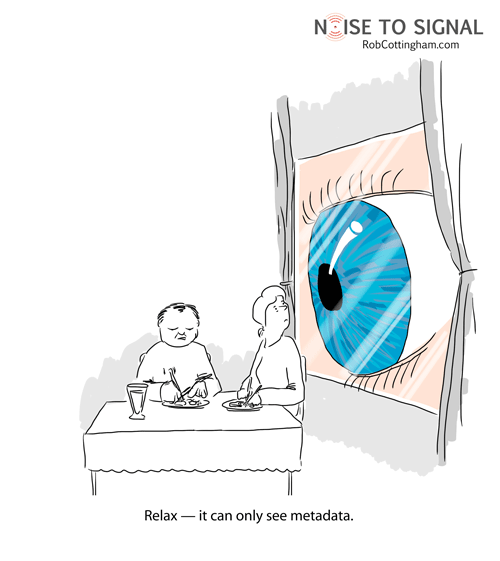

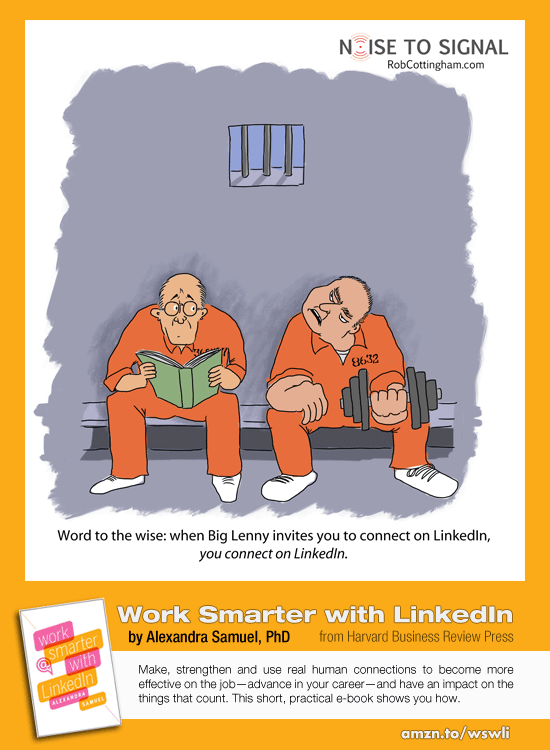
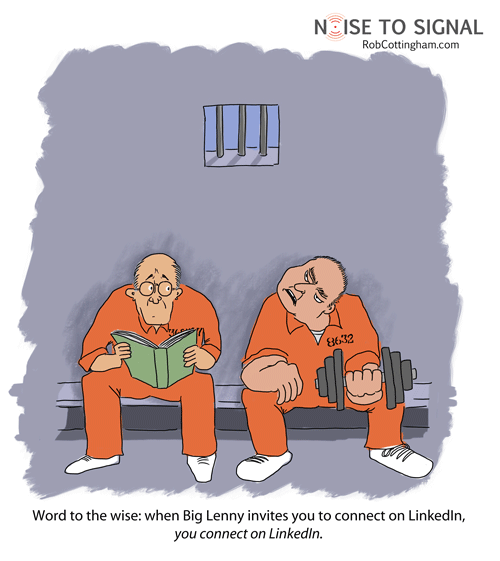
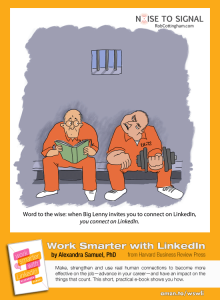


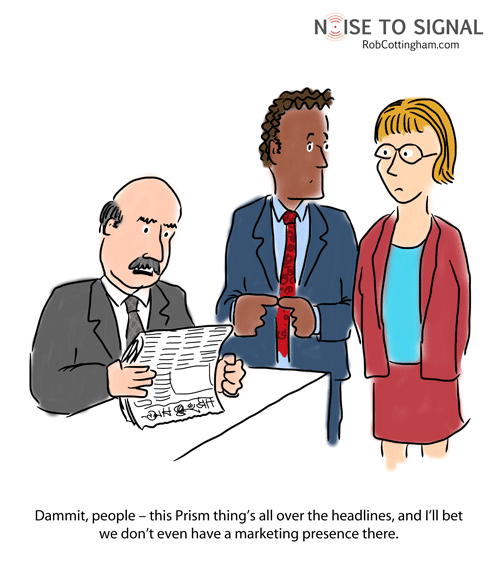

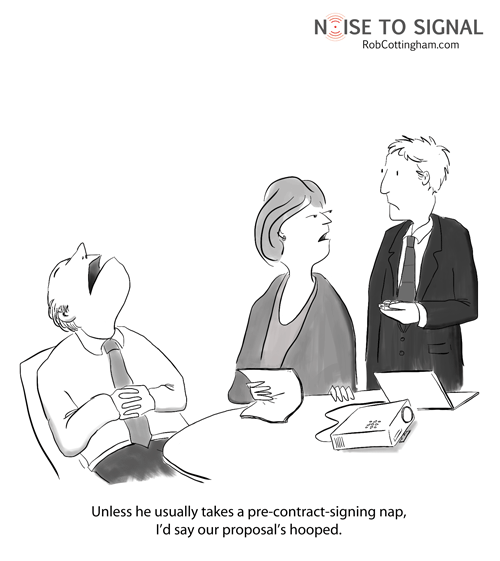
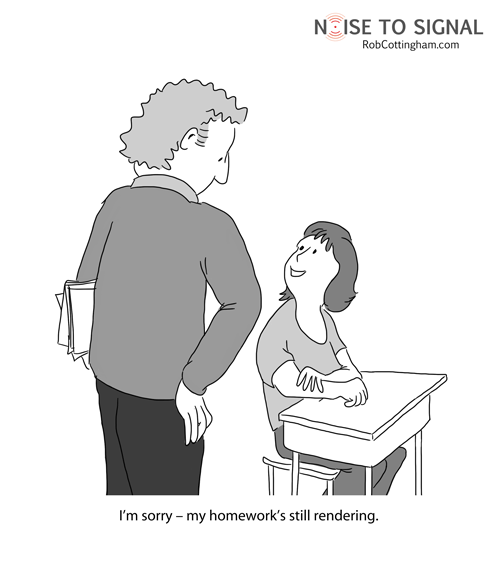
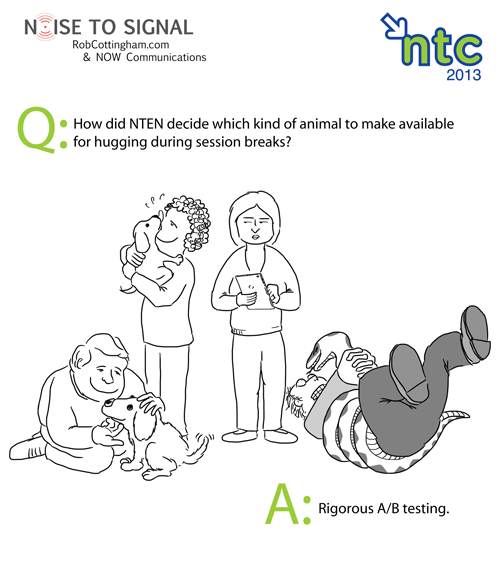
 If I had to draw this again, that python’s head would be at a slightly different angle.
If I had to draw this again, that python’s head would be at a slightly different angle.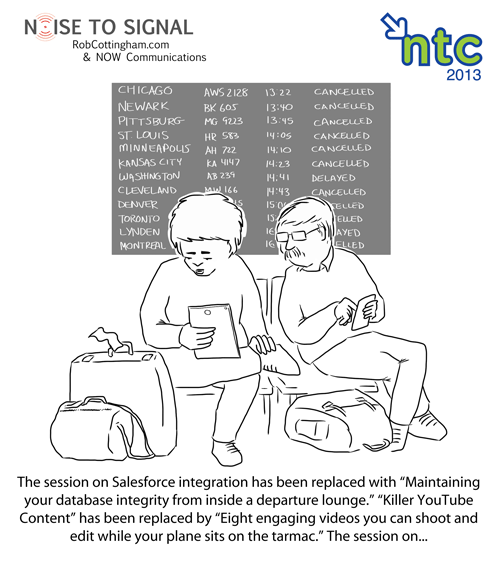

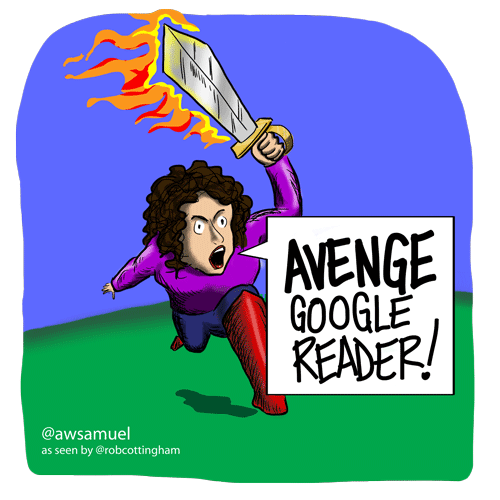
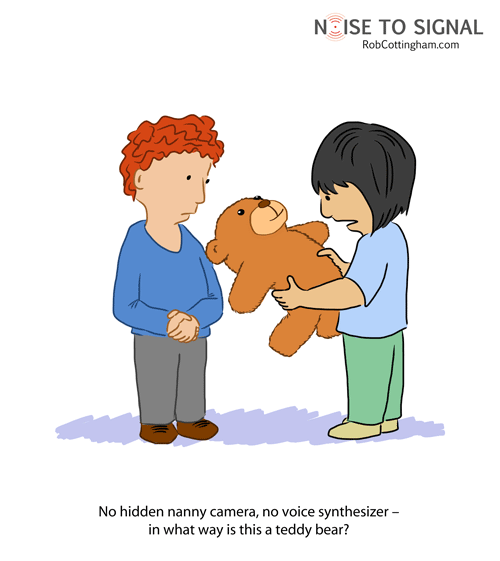


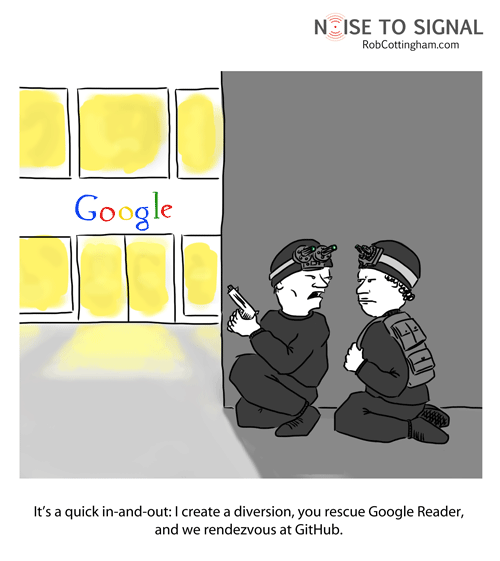

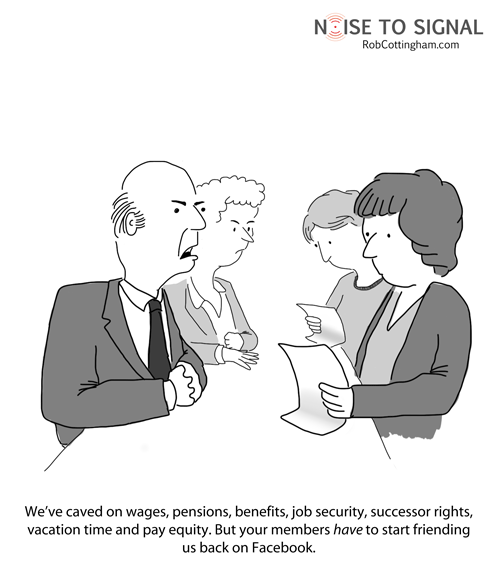


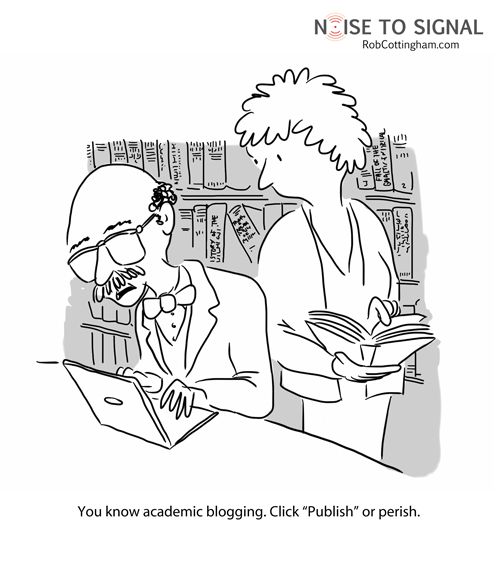

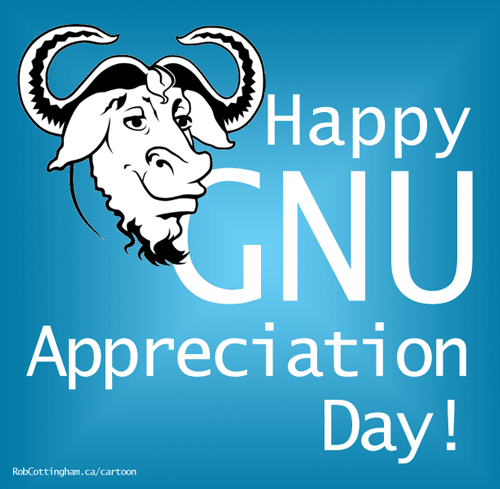
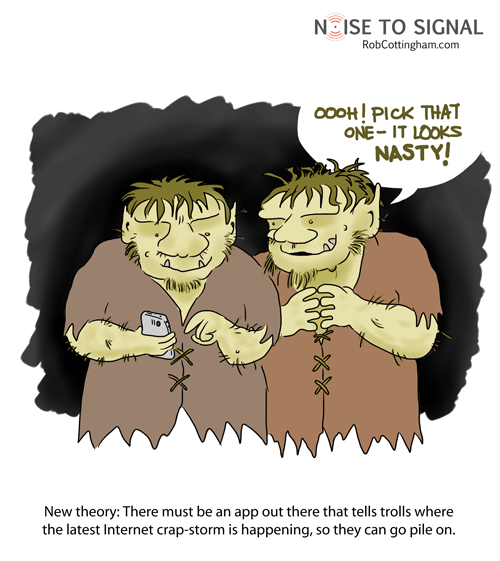
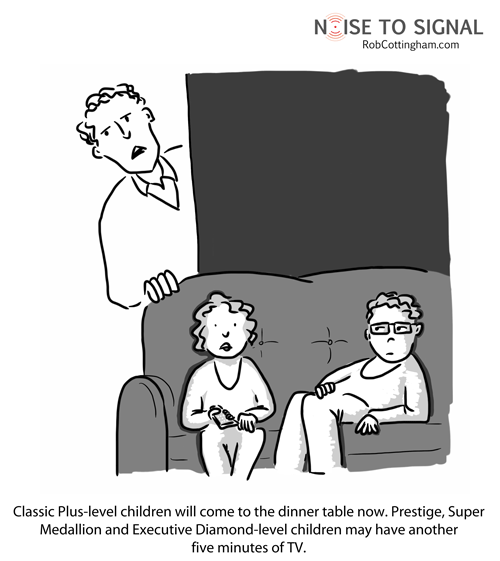
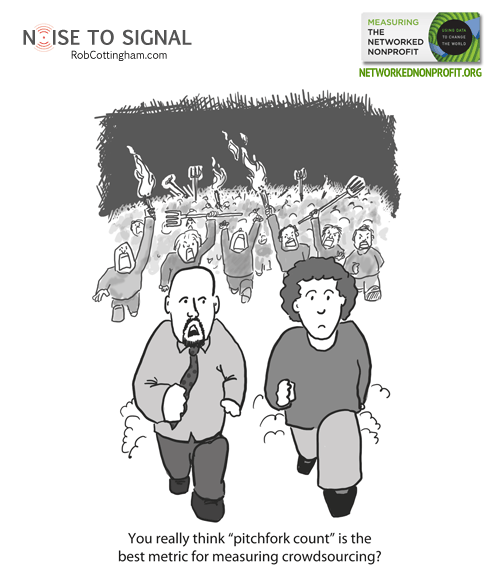
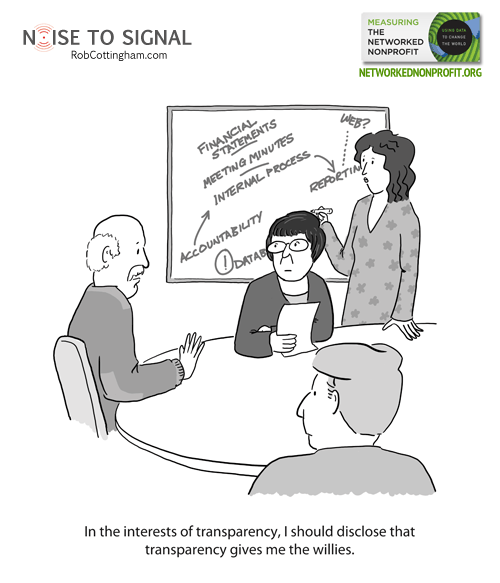
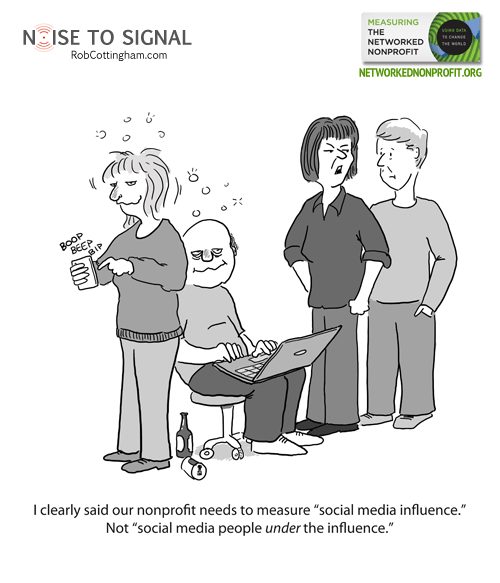
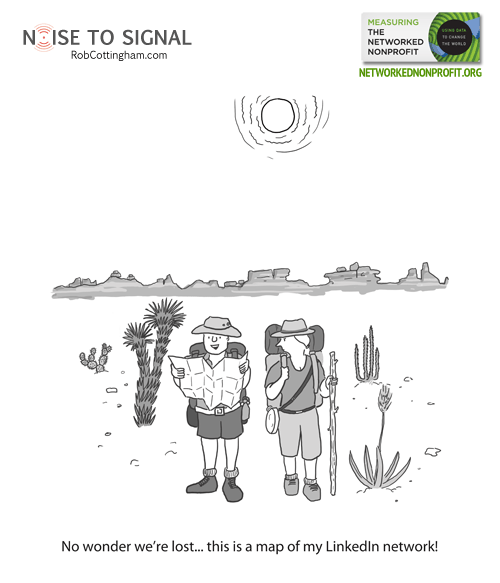
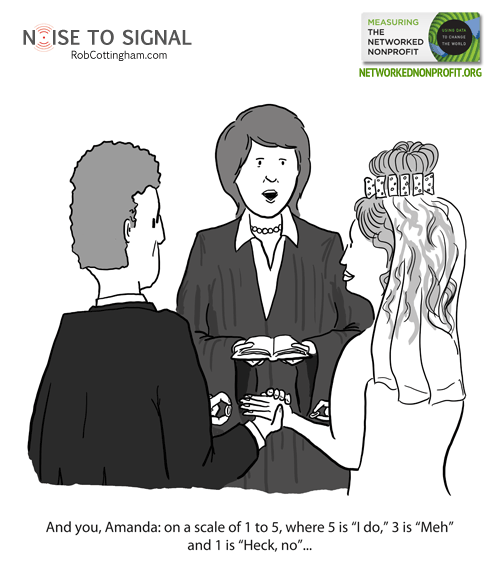
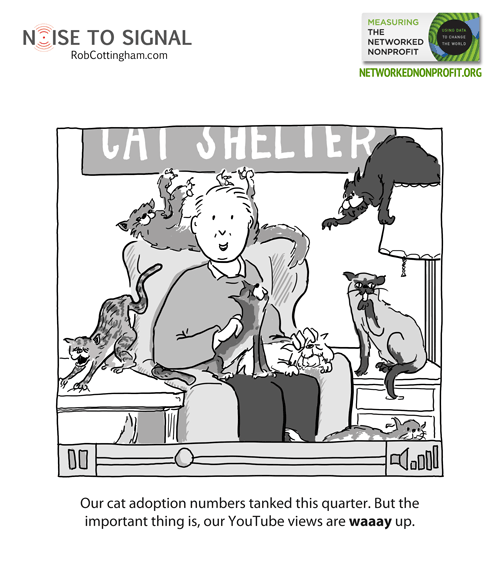

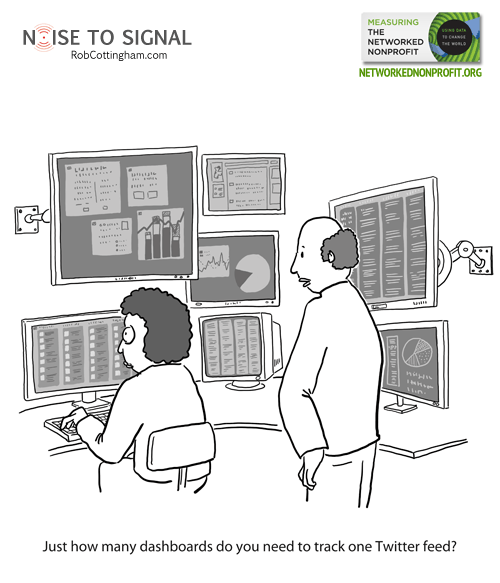
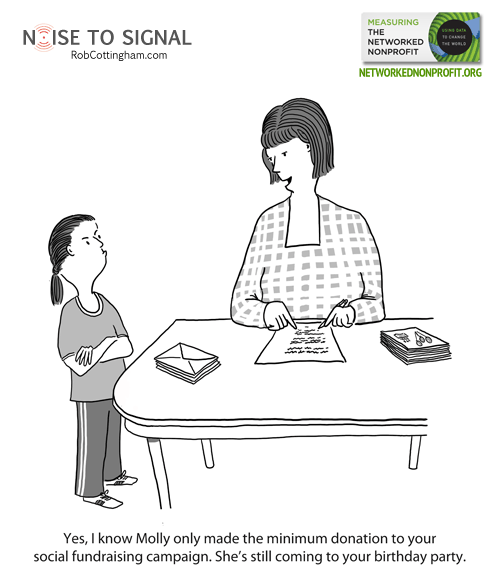
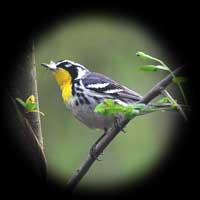
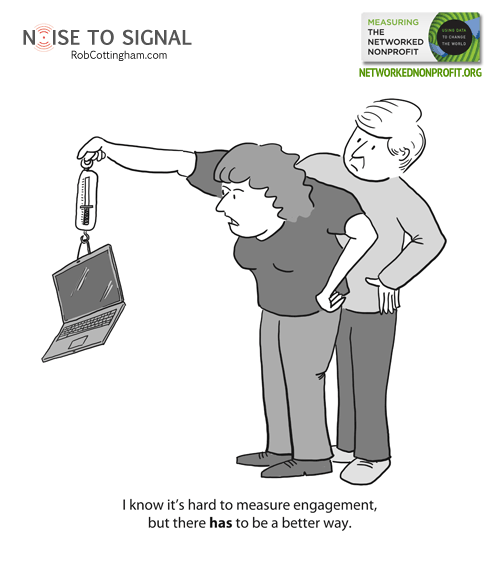
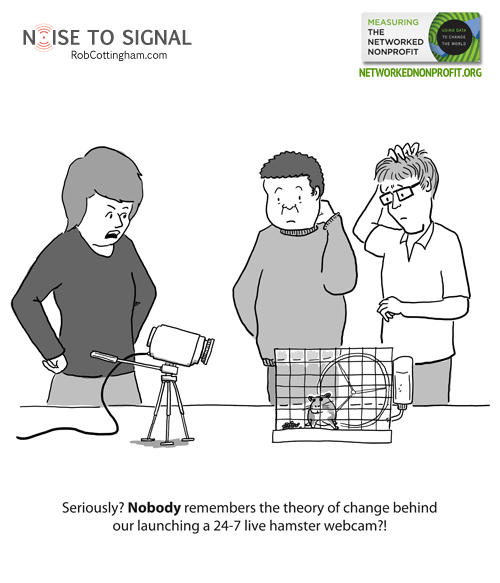
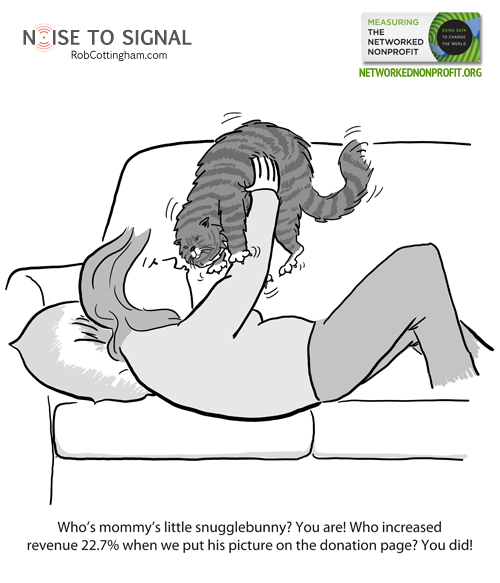
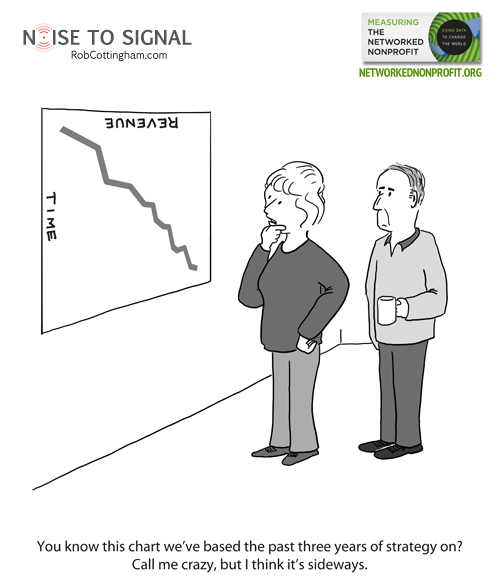
 If you respond to Chapter 3 — “Creating a Data-Informed Culture” — the way I did, you’ll start with short-lived disappointment that it’s not about building a new society whose gold standard of conduct is embodied in Brent Spiner’s character from Star Trek: The Next Generation. (And if you read
If you respond to Chapter 3 — “Creating a Data-Informed Culture” — the way I did, you’ll start with short-lived disappointment that it’s not about building a new society whose gold standard of conduct is embodied in Brent Spiner’s character from Star Trek: The Next Generation. (And if you read 
